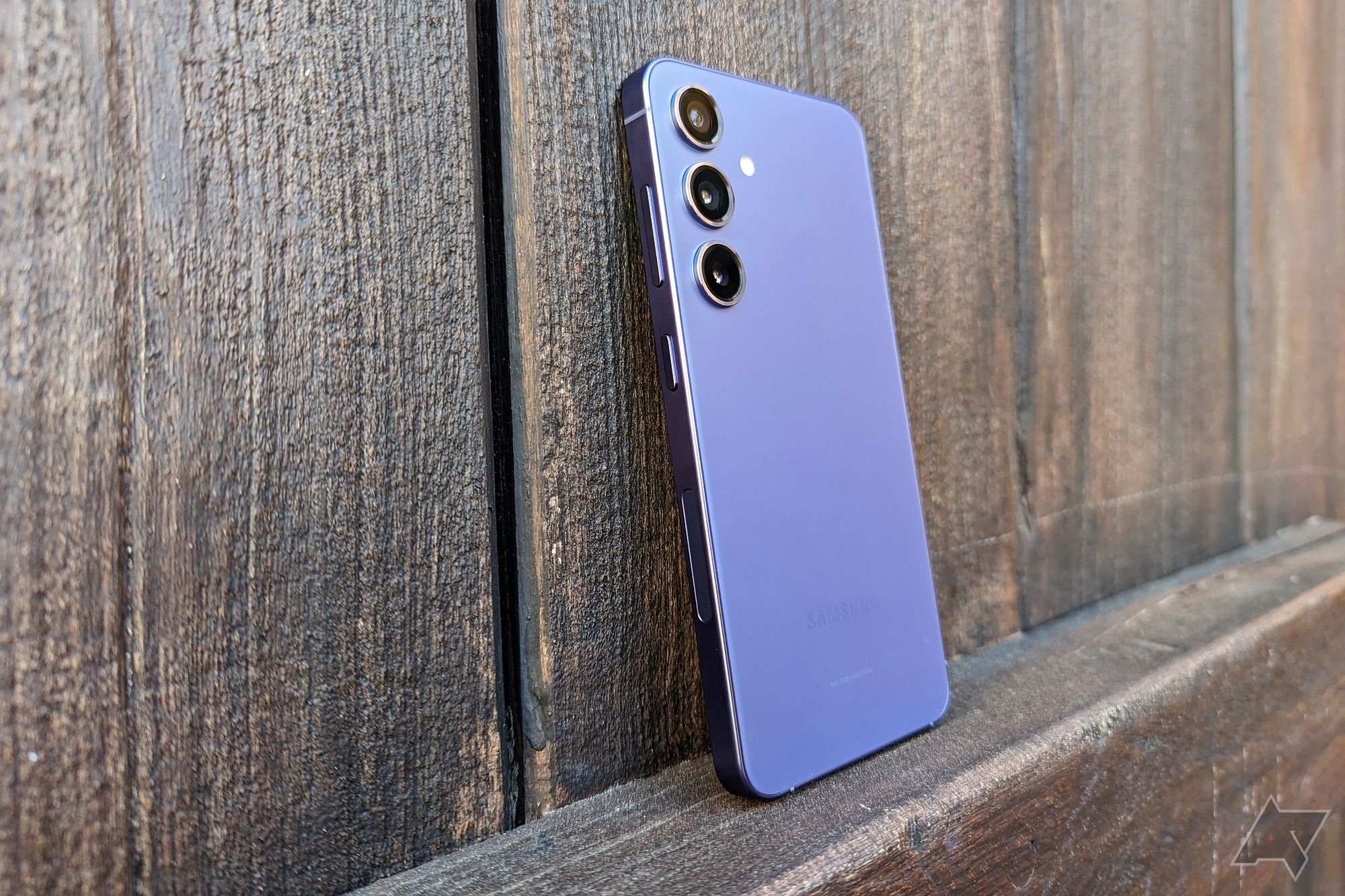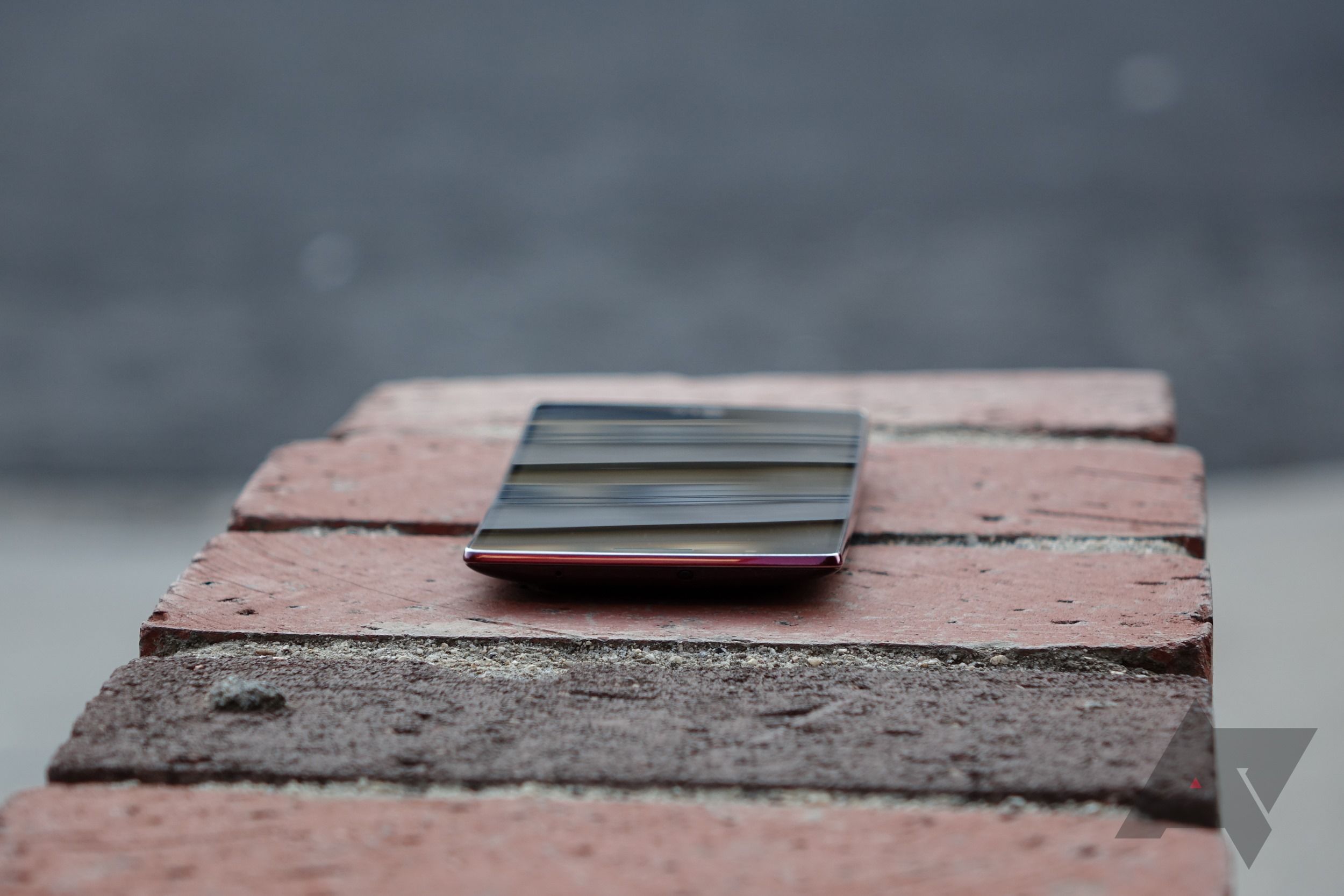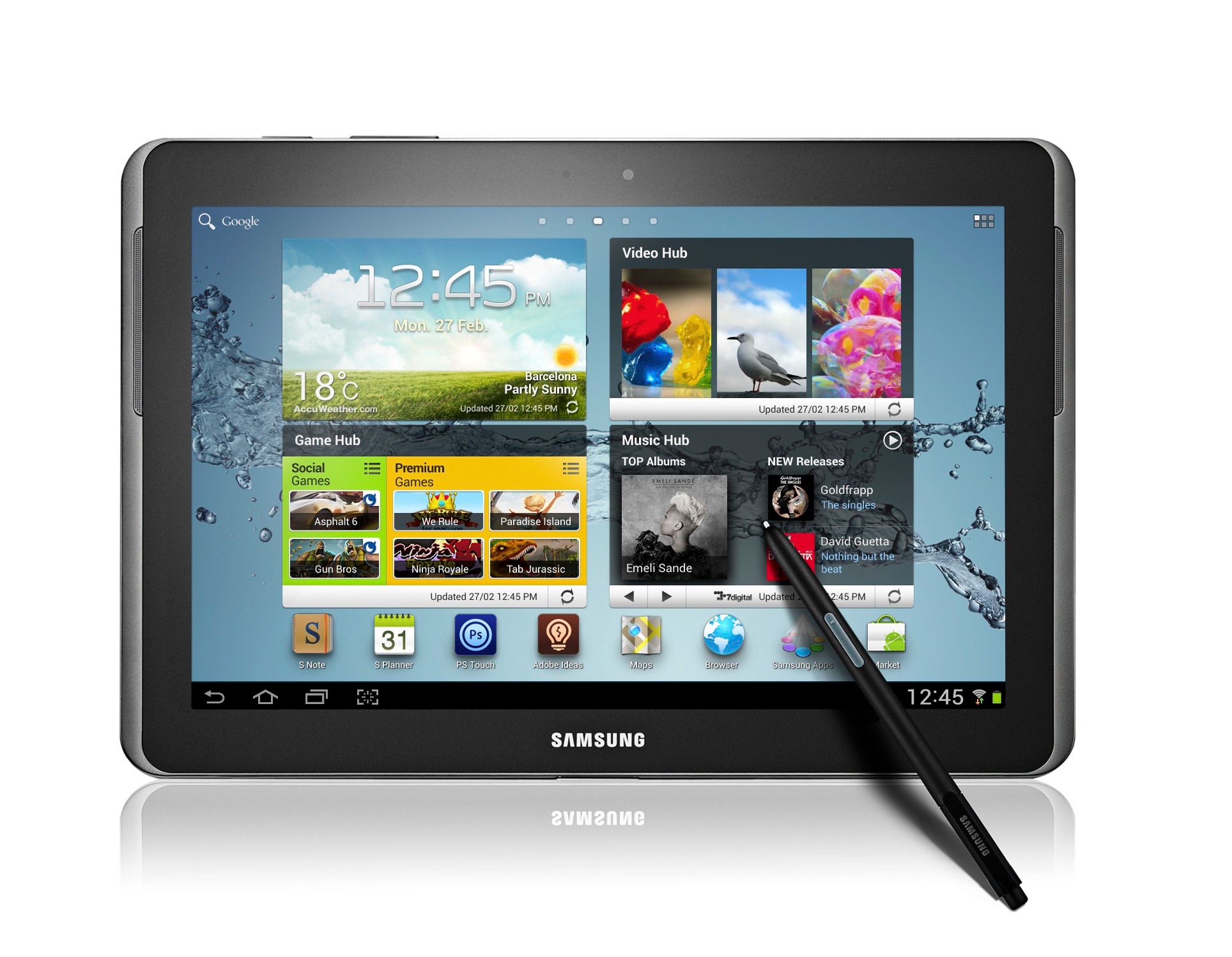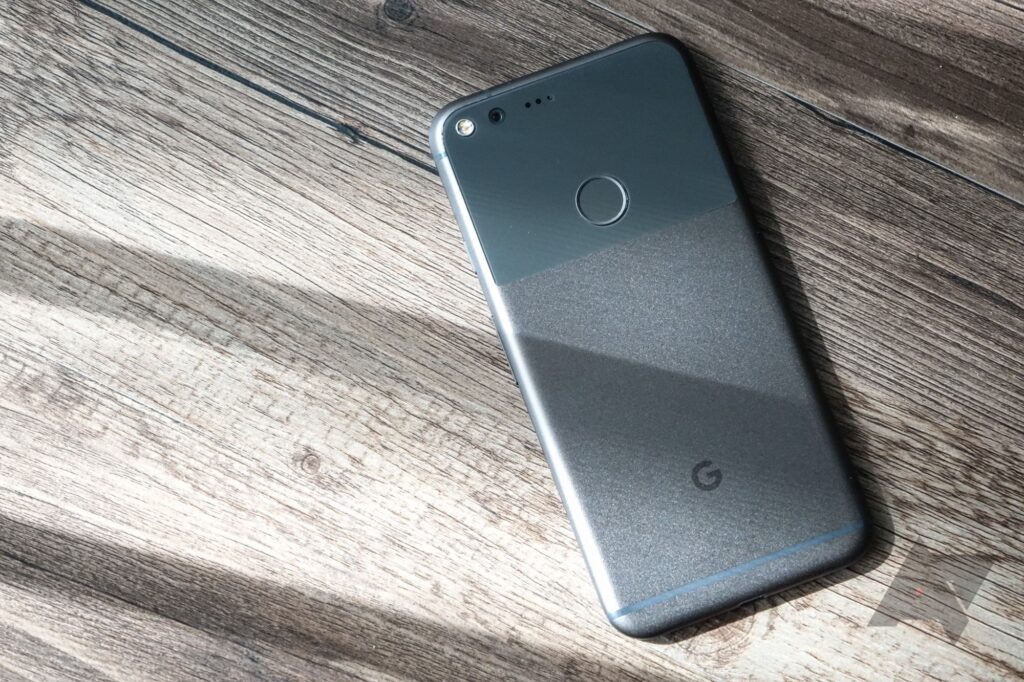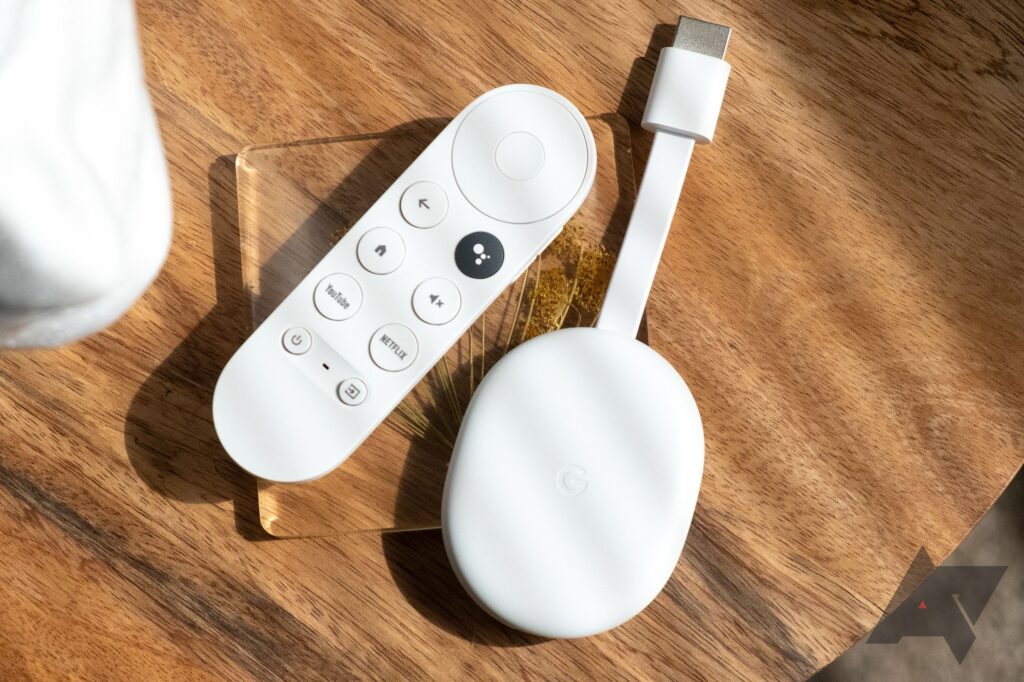This was an interesting and challenging list to compile. After all, the word “best” is very open to interpretation. Sure, entries on this elite list are going to vary due to personal preferences, but there are certain unique Android devices that have made a lasting impact on the mobile device industry. Whether due to a mindset that was willing to experiment with outlandish styling choices, or due to original thinkers who weren’t afraid to have their groundbreaking features called quirky, these Android devices have left their mark.
1 Motorola RAZR (2019)
A design that made its way to Hollywood
Source: Flicr
Siri hadn’t been born yet when the original Motorola RAZR V3 was released, but this iconic flip phone, with its impossibly thin profile and external display, was already redefining sleekness and style. Its clamshell design and futuristic aesthetic made it a pop culture phenomenon and a must-have gadget.
Perfect for today’s skinny jeans owners, the Razr 2019 is a 4G device that echoes the visual DNA of the original 2004 pre-Android device. The RAZR 2019 is essentially inspired by a cultural icon, a phone that originally featured in the first Iron Man movie, and other summer blockbuster feature films, too.
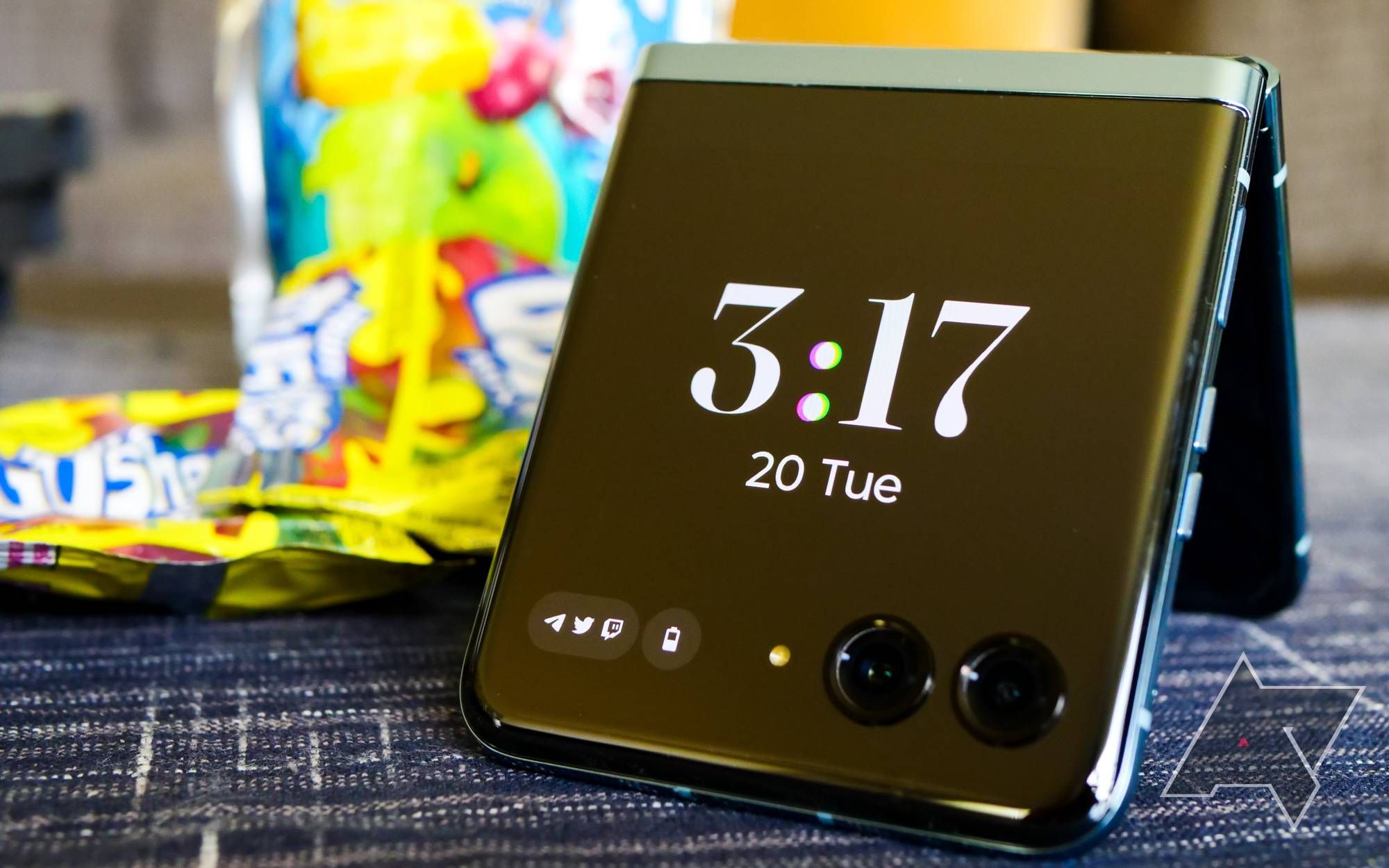
Motorola Razr+ 2024 reveals a familiar design in its first big leak
More of the same from Motorola for 2024?
2 LG G Flex 2 (2015)
Curves have always been in style
The lone wolf, the renegade, and other overly dramatic movie buzzwords that imply a trailblazer. That’s the role thrust upon the LG Flex of 2015. Its curved body gets its heritage from the original Flex. Putting on Sherlock’s deerstalker hat and picking up an all-revealing magnifying glass, the original curved device was full of faults, including system crashes and a grainy screen.
The eye-catching curved body just won’t go away, though. And why should it? The human body isn’t angular, it doesn’t shift from one angular plane to the next. Cue 2015, the release of version 2 with a Snapdragon 810 processor and a recommitment to the curvy form factor that perhaps hasn’t caught on, but it’s still the ideal shape for holding under your equally chiseled, rounded cheeks.
3 The Nothing Phone (2022)
All show and no go?
What’s so special about the Nothing Phone? And don’t say, “Nothing at all.” In reality, this was a much-hyped device because of some fairly unique design choices. No titan electronics manufacturer, tasked with months of design meetings and focus studies, would have settled on a look like this little mid-range marvel. The Nothing Phone is a bold debut.
However, once you get past its transparent back and the flashy light show, complete with glyphs interface and the flashing C-shaped led strip, the performance factor isn’t that impressive. It’s definitely not nothing. It’s something, although a little lackluster. Nothing Phone (2) will supposedly fix these issues, plus there are options to assign different light patterns to different notifications. Time will tell, as they say.
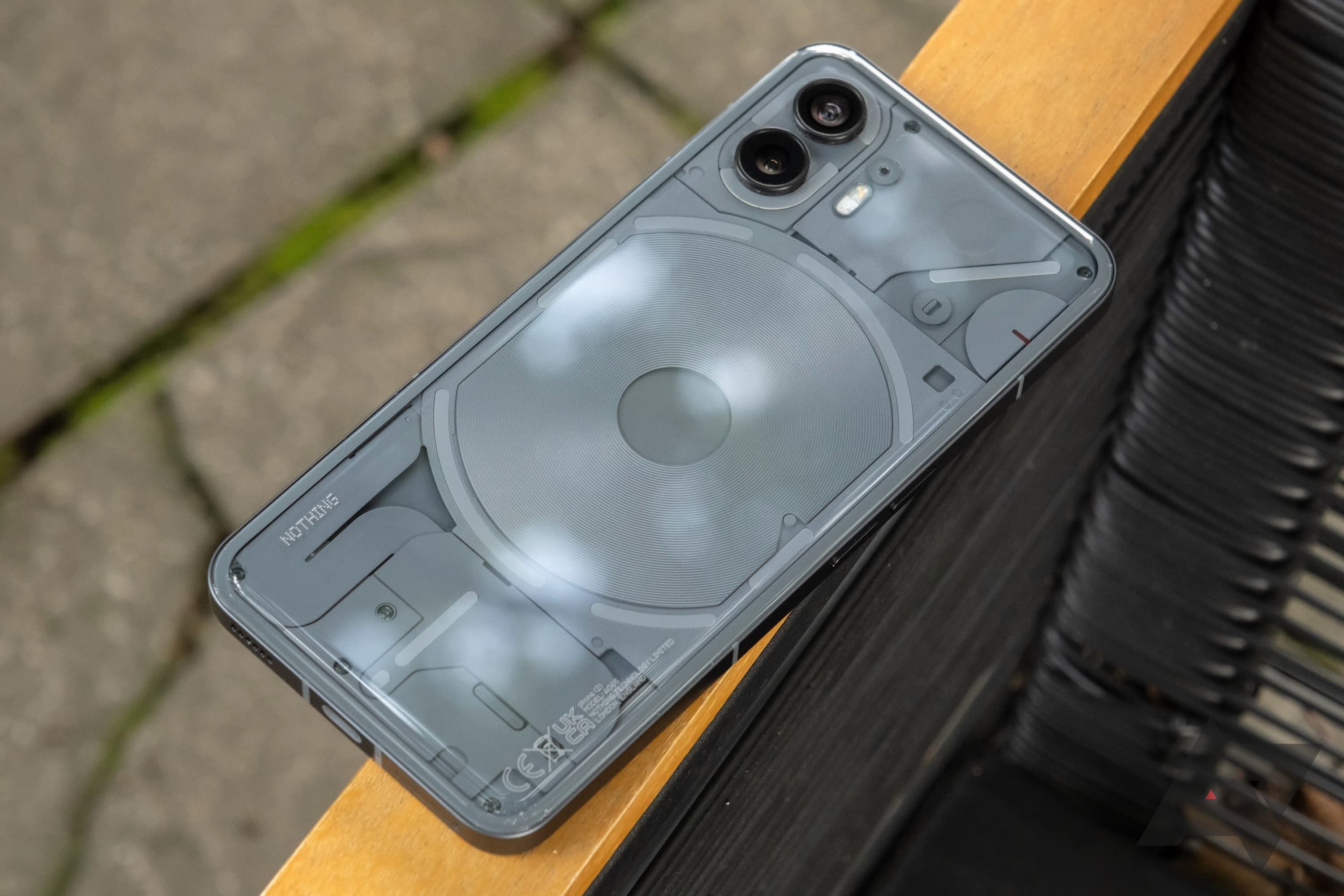
Nothing Phone 2a: News, leaks, rumored price, and release window
Nothing’s next phone is a cheaper version of its last one — but it might be hard to buy
4 Lenovo Yoga Book (2016)
One Device To Rule Them All?
Source: Lenovo
Perfect for the aspiring artist or the hopeful doodler, this classy 2-in-1 tablet sported a halo keyboard that doubled as a digital drawing pad. Those keys are pressure-sensitive and context-aware. It’s also got a 360-degree hinge that allows for various usage modes, further adding to its versatility and unconventional design.
The years around 2016, and to some degree now, are strewn with bridging devices that were supposed to span the gap between PCs and tablets. This convertible, which comes in Android and Windows flavors, was one of the first to succeed in this endeavor. It even features a WACOM-like lower panel, so a stylus can be brought into play when doodling. It’s also incredibly thin and easy to carry.
5 Samsung Galaxy Note 10.1 (2012)
The First Tablet That Optimized Note-Taking and Drawing
How can you have a post with this title without including the next entry? Introducing the iconic S Pen stylus, the Note 10.1 transformed note-taking and drawing. Above all else, it transformed creative workflows on Android tablets. Its large canvas and pressure-sensitive pen made it a game-changer for artists, designers, productivity enthusiasts, engineers, and anyone else who wished their thoughts could be instantaneously captured in rich, digital graphics on that responsive writing interface.
Featuring a 1.4 GHz quad-core Exynos processor back in those days, the Note 10.1 was a powerhouse that delivered butter-smooth performance and enhanced multitasking capabilities. Its vibrant display and precise touch response further enhance the user experience, thus allowing surprisingly accurate and detailed input.
A foundational legacy to build upon
Without a sound foundation, buildings crumble and fall like a house of cards. Just looking back at these 5 best-in-class Android designs, it’s not hard to see why Android smartphones and tablets are so eminently successful. Granted, the sheer bulk of differently branded devices, many of which offer a wildly varying number of features and form factors, should undermine this intention, but the Android ecosystem refuses to buckle, refuses to give into wild and chaotic design practices.
Rather, the contrasting styling choices and innovative features have worked a kind of magic on the platform, an engaging and inventive group of hardware and software developments that, every now and then, leapfrogs forward with exciting new advancements, as elegantly demonstrated by these 5 designs.
From humble beginnings, like the RAZR, to powerhouse S-Pen creative interfaces, Android is driven by innovation and the spirit of the bold, legacy-forging trailblazer.
